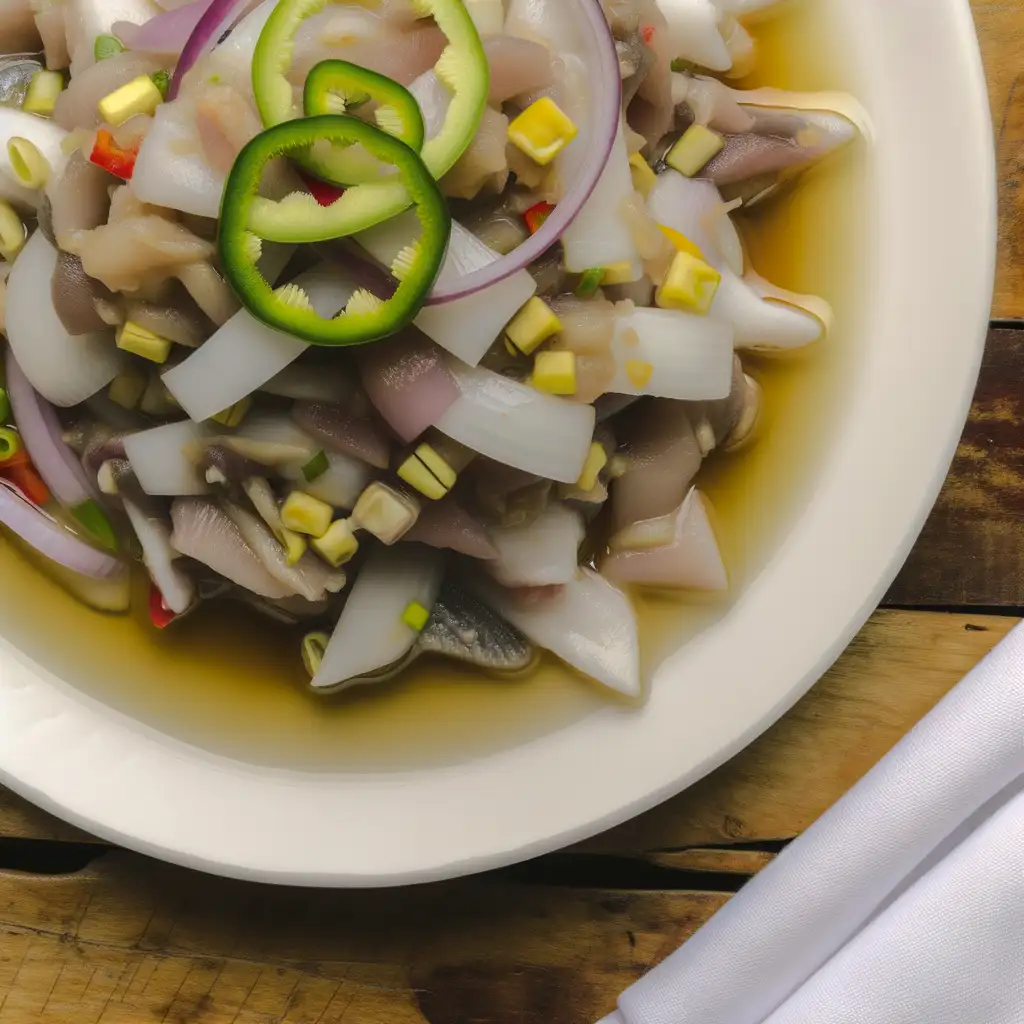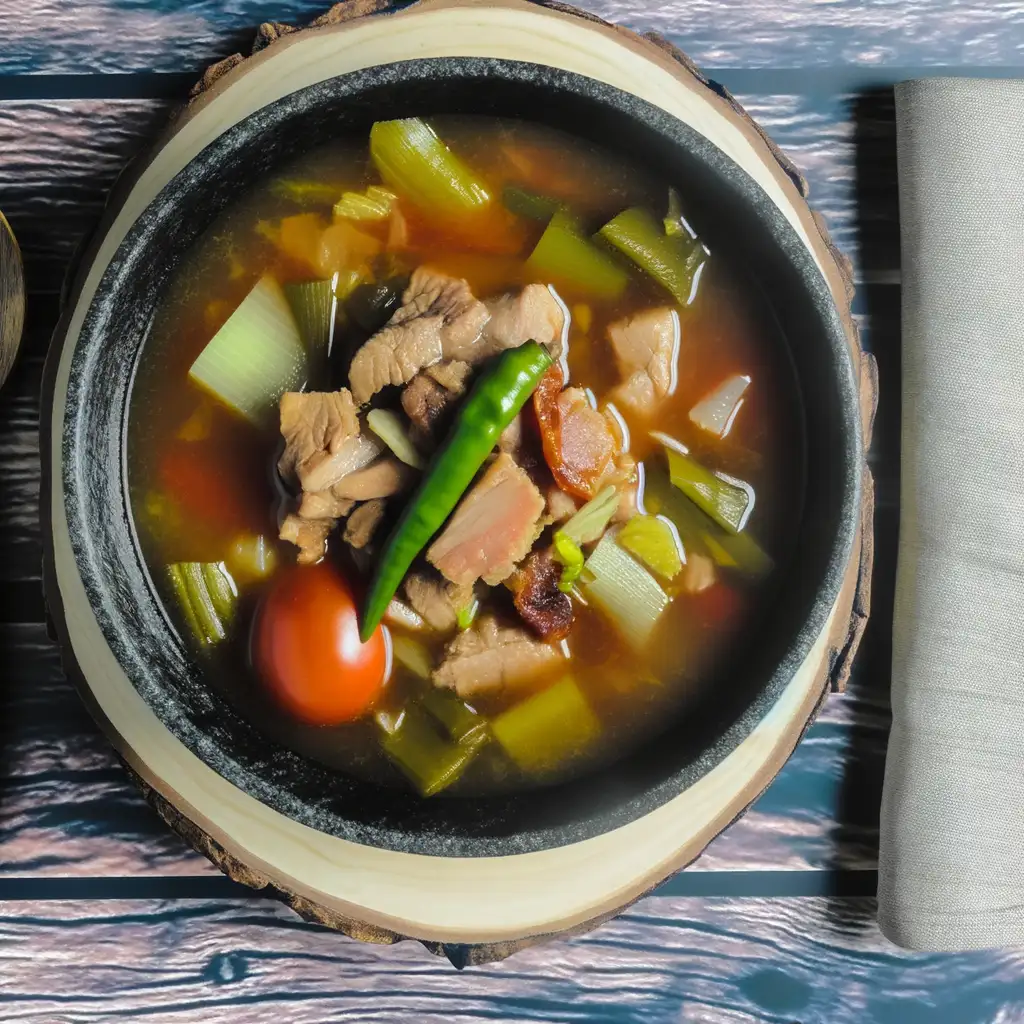



If you ever find yourself craving a place where nature’s raw beauty meets warm,genuine hospitality,Davao del Sur should be at the top of your list. The moment you arrive,there’s this peaceful rhythm in the air—like the gentle sway of coconut palms and the distant murmur of waves blending with the chatter of local markets. It’s a place where the scent of fresh mangoes and grilled seafood mingles with the earthy aroma of lush forests,inviting you to slow down and savor every moment. What really makes Davao del Sur stand out is its vibrant mix of cultures and traditions. You’ll see it in the colorful festivals,hear it in the lively conversations in Cebuano and indigenous languages,and taste it in the unique flavors of durian and kinilaw (a tangy,fresh seafood dish). The people here carry a quiet pride in their heritage,and their warmth makes you feel like you’re not just visiting,but truly belonging. Beyond the towns,the province unfolds into breathtaking landscapes—towering mountains,serene waterfalls,and pristine beaches where the water shimmers in shades of turquoise and emerald. Whether you’re hiking up Mount Apo,the highest peak in the Philippines,or simply watching the sunset paint the sky in Davao Gulf,there’s a sense of wonder that stays with you long after you leave. Davao del Sur isn’t just a destination; it’s a feeling you carry in your heart.
The information on this page is currently being reviewed by Tripkliq and should be used as a guide only
Eng word: Hello
Eng pronunciation: Hello
Local language: Hello
Eng word: Goodbye
Eng pronunciation: Pah-ah-lahm
Local language: Paalam
Eng word: Thank you
Eng pronunciation: Sah-lah-maht
Local language: Salamat
Eng word: How much
Eng pronunciation: Tag-pee-lah
Local language: Tagpila
Eng word: Toilet
Eng pronunciation: Kah-sil-yas
Local language: Kasilyas
Eng word: Help me
Eng pronunciation: Tah-bahng-ee koh
Local language: Tabangi ko
Eng word: Yes
Eng pronunciation: Oh-oh
Local language: Oo
Eng word: No
Eng pronunciation: Dee-lee
Local language: Dili
Eng word: Excuse me
Eng pronunciation: Pah-sigh-loh-ah koh
Local language: Pasayloa ko
Davao del Sur was officially established as a separate province on May 8,1967, through Republic Act No. 4867. It was carved out from the larger Davao Province to better manage the region's growing population and development.
Davao del Sur is home to the Bagobo tribe, one of the indigenous peoples of Mindanao. Their vibrant culture, traditional weaving, and intricate beadwork are celebrated as part of the province's cultural identity.
Digos City, the capital of Davao del Sur, was officially declared a city on September 8,2000. It has since become a hub for commerce, agriculture, and tourism in the province.
Mount Apo, the highest peak in the Philippines at 2,954 meters, is located in Davao del Sur. It is a popular destination for hikers and nature enthusiasts, offering breathtaking views and diverse flora and fauna.
Davao Gulf, which borders Davao del Sur, has historically been a vital waterway for trade and commerce. It continues to support the province's economy through fishing and port activities.
The Kadayawan Festival, celebrated in nearby Davao City, has cultural ties to Davao del Sur. It honors the region's indigenous heritage and bountiful harvests, showcasing the unity of Mindanao's diverse communities.
During World War II, Davao del Sur was one of the areas in Mindanao where Japanese settlers established abaca plantations. Today, remnants of this history can still be found in the province.
Malalag, one of the municipalities in Davao del Sur, was established in 1957. It is known for its scenic landscapes and agricultural contributions, particularly in coconut and banana production.
Davao del Sur has long been an agricultural hub, producing crops like rice, corn, bananas, and coconuts. Its fertile lands and favorable climate have made it a key contributor to the Philippines' agricultural sector.
In Province of Davao del Sur, the most common Power Adaptor is Type A, Type B.



Roasted whole pig, known for its crispy skin and tender meat, is a festive dish often served during celebrations and special occasions.

A traditional Filipino ceviche made from fresh raw fish marinated in vinegar and mixed with onions, ginger, and chili peppers, offering a refreshing taste.

Grilled tuna jaw, a local delicacy, is known for its rich flavor and tender texture, often served with a side of rice and dipping sauces.

A sour pork soup made with tamarind, vegetables, and spices, this dish is a comforting favorite among locals.

A popular dessert made from young coconut, pandan-flavored jelly, and sweetened cream, offering a refreshing and sweet treat.

Grilled fish, often marinated and served with a side of spicy vinegar dipping sauce, is a staple in Davao del Sur, showcasing the region's fresh seafood.

Known as the 'king of fruits,' durian is famous for its strong odor and unique taste. It is often eaten fresh or used in various desserts.
Imagine stepping into a place where history hums through the streets and the ocean breeze carries the scent of salty adventure—that’s Cebu City for you. The moment you arrive,there’s this lively energy that wraps around you,a mix of old-world charm and modern buzz. You’ll find yourself wandering through colorful markets where the chatter of vendors blends with the aroma of freshly grilled street food—think sweet,smoky lechon sizzling over coals,tempting you at every corner.
Cebu’s character is a beautiful blend of the past and present. Ancient Spanish forts and centuries-old churches stand proudly alongside sleek cafes and vibrant street art. The city pulses with warmth,not just from the tropical sun but from the people who greet you with genuine smiles and stories. At night,the streets light up with music and laughter,and you can almost taste the festive spirit in the air.
What really makes Cebu unforgettable is how it feels alive in every sense. You can hear the waves crashing nearby,see the colorful jeepneys weaving through traffic,smell the tropical fruits at the market,and feel the warmth of the sun on your skin as you explore. It’s a place where culture,history,and everyday life blend seamlessly,inviting you to dive in and experience its vibrant soul firsthand.
If you ever find yourself craving a place where nature’s calm meets a laid-back island spirit,Puerto Princesa is where you want to be. The moment you step off the plane,there’s this warm,salty breeze that wraps around you,carrying the faint scent of the sea and tropical blooms. It’s a city that doesn’t rush — people move with a gentle rhythm,and the streets hum softly with the chatter of locals and the occasional strum of a guitar from a nearby café. It feels like a breath of fresh air,both literally and figuratively.
What really makes Puerto Princesa stand out is its deep connection to nature. The famous Underground River is just the beginning — lush mangroves,crystal-clear waters,and vibrant coral reefs surround the city,inviting you to explore. You can hear the calls of exotic birds in the morning and watch fishermen bring in their catch as the sun dips low,painting the sky in shades of pink and orange. The food scene here is a delightful surprise too — fresh seafood grilled right on the beach,sweet tropical fruits bursting with flavor,and local dishes that tell stories of the sea and the land.
But beyond the sights and tastes,it’s the people who make Puerto Princesa unforgettable. Their warmth and genuine smiles make you feel like you’re not just visiting,but truly welcomed. Whether you’re wandering through the bustling market or sharing a laugh with a vendor,there’s a sense of community that lingers long after you leave. It’s a place that invites you to slow down,soak in the simple joys,and leave with a heart full of stories.
If you ever find yourself wandering through the heart of Bohol,Tagbilaran City greets you with a warm,unhurried rhythm that feels like a gentle hug after a long journey. The city hums with life—not the overwhelming buzz of a metropolis,but a lively,welcoming energy where jeepneys rattle by and street vendors call out their fresh fruit and local snacks. As you stroll along the waterfront,the salty breeze carries the faint scent of grilled seafood mingling with tropical flowers,inviting you to slow down and savor the moment.
Tagbilaran’s charm lies in its blend of old and new. You’ll catch glimpses of Spanish-era churches standing proudly beside colorful markets where locals barter over ripe mangoes and sticky rice treats. The city’s pulse is deeply tied to its people—friendly,easygoing,and proud of their heritage. At night,the streets light up with laughter and music spilling from small eateries where you can taste the rich flavors of Boholano cuisine,like the sweet,tender kalamay or freshly caught fish cooked with coconut milk.
What really stays with you is the city’s sense of community and its connection to the sea. Whether you’re watching fishermen haul in their catch at dawn or joining a lively fiesta,Tagbilaran feels like a place where stories are shared over steaming cups of coffee and where every corner invites you to discover a new layer of its soul. It’s not just a stopover—it’s a place that quietly pulls you in and makes you want to stay a little longer.
If you ever find yourself craving a place where history hums softly alongside the buzz of everyday life,Iloilo City is where you want to be. The moment you step into its streets,there’s this warm,inviting energy—like the city is gently nudging you to slow down and savor its stories. You’ll notice the colonial-era buildings standing proudly beside modern cafes,their facades telling tales of centuries past. The air carries a subtle mix of salty sea breeze and the sweet aroma of freshly baked pan de sal,making every morning feel like a comforting embrace.
Walking through Iloilo,you’ll hear the lively chatter of locals,the clinking of glasses in cozy eateries,and the distant strum of guitars from street performers. The city’s character shines brightest in its festivals,especially the Dinagyang,where vibrant costumes and rhythmic drums fill the streets with infectious joy. But even on quieter days,the genuine smiles of Ilonggos and their easygoing hospitality make you feel like you’ve found a second home.
And then there’s the food—oh,the food! From the rich,savory batchoy served steaming hot in humble noodle shops to the sweet,creamy taste of fresh mangoes,every bite is a celebration of local flavors. Iloilo isn’t just a place to visit; it’s a place to experience,where every corner invites you to pause,breathe,and fall a little in love with its soul.
Known as the 'City of Flowers,' Zamboanga City offers access to stunning islands like Santa Cruz Island,famous for its pink sand beaches,and rich cultural heritage blending Spanish and Muslim influences.
ExploreIf you ever find yourself craving a place where adventure hums in the air and warmth radiates from every smile,Cagayan de Oro is where you want to be. The moment you step into this lively city,you’re greeted by a buzz that’s both energizing and inviting—like the city itself is nudging you to explore its stories. The streets pulse with the chatter of locals,the scent of grilled street food mingling with fresh tropical fruits,and the distant roar of the Cagayan River promising thrills just around the corner.
What’s truly captivating about Cagayan de Oro is how it balances its vibrant urban life with nature’s embrace. You can wander through bustling markets where colorful fabrics and handmade crafts spill from stalls,then slip away to the riverbanks where the air cools and the sound of rushing water fills your ears. The city’s spirit is shaped by its people—warm,resilient,and endlessly welcoming—who take pride in their rich culture and traditions,from lively festivals to heartfelt hospitality.
And oh,the food! Imagine biting into a juicy,spicy grilled chicken (lechon manok) or savoring a bowl of hearty local stew,all while the sun dips low,painting the sky in shades of orange and pink. Cagayan de Oro isn’t just a stop on your map; it’s a place that invites you to slow down,dive into its rhythm,and leave with stories you’ll want to tell again and again.
Tourists may be sold fake or low-quality souvenirs, jewelry, or electronics at high prices, claiming they are authentic or locally made.
Some money changers may use deceptive practices, such as giving incorrect exchange rates or shortchanging tourists during transactions.
Scammers may approach tourists asking for donations to fake charities or causes, often using emotional stories to gain sympathy.
Individuals posing as tour guides may offer services but provide little to no value, or lead tourists to overpriced shops or restaurants where they receive commissions.
Restaurants or food stalls near tourist spots may charge significantly higher prices for food and drinks, especially if tourists are unaware of local pricing norms.
Some drivers of taxis, tricycles, or habal-habal (motorcycle taxis) may overcharge tourists by not using meters or quoting inflated prices.
Crowded areas like markets or public transportation hubs may attract pickpockets who target tourists for their wallets, phones, or valuables.
Fraudulent operators may sell fake or overpriced tour packages, promising activities or destinations that are not delivered.
The Philippines has some of the strictest anti-drug laws in the world, and Davao del Sur is no exception. The possession, use, sale, or trafficking of illegal drugs is heavily penalized, with severe consequences including long prison sentences or even the death penalty for major offenses. Tourists should avoid any involvement with illegal drugs and exercise caution to ensure compliance with local laws.
In Davao del Sur, smoking is strictly regulated under the nationwide Executive Order No. 26, which enforces a smoking ban in public places. Smoking is prohibited in enclosed public spaces, workplaces, public transportation, and certain outdoor areas such as parks, schools, and hospitals. Designated smoking areas (DSAs) may be available, but they must comply with strict guidelines. Violators may face fines or penalties.
Vaping is treated similarly to smoking in Davao del Sur and is subject to the same restrictions under Executive Order No. 26. Vaping is prohibited in public places, enclosed spaces, and public transportation. Designated vaping areas may exist but must adhere to regulations. Tourists should avoid vaping in non-designated areas to avoid penalties.
What are other people saying about Province of Davao del Sur?
Recent Social posts about Province of Davao del Sur
There is nothing to show you for now.